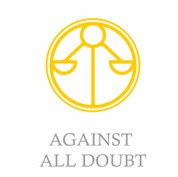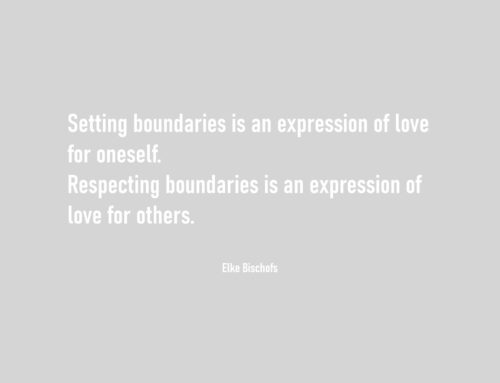3 sides of the same coin: burnout prevention in the work context

The topic of burnout prevention is becoming increasingly important – companies, managers and employees alike are recognizing this. But who benefits from burnout prevention? Let’s first look at the individual perspectives and then where they have synergies and where there is potential for conflict.
The employee perspective: Personal development and well-being
For employees, the focus is on personal stress management and therefore their own well-being. They want to learn strategies to better deal with personal stressors. They want to achieve individual professional and personal goals to be satisfied and motivated in their work in the long term.
The manager’s perspective: performance and employee retention
For managers, it is important that employees are satisfied and feel committed to the company. Another important aspect is to maintain and, if possible, even increase employee performance, which is made possible by proactive stress management. In this way, resilience can be promoted. Last but not least, managers are also interested in team dynamics. The aim is to create a positive working atmosphere.
The company perspective: culture and long-term success
Burnout prevention means minimizing risk, as it minimizes the risk of the work process being interrupted. It is therefore important for companies to create a culture of trust, openness, and respect. Because only in a positive working environment is it possible for everyone to constantly adapt and innovate. This ensures the long-term success of the company.
Synergies of the 3 perspectives
Dealing with stress and resilience
There is an obvious overlap here. Individual stress management contributes to the resilience of the individual and at the same time has a positive impact on the entire team and the corporate culture.
Communication and team dynamics
Through the necessary self-reflection, employees improve their communication skills. This leads to a better team feeling and a sustainable improvement in the company-wide communication culture.
Setting goals and preventing burnout
Individual target agreements and burnout prevention enable employees to achieve personal goals, but also to ensure individual satisfaction, resilience, and motivation in the long term, which in turn contributes to the continuous development of the company.
Conflict potential of the 3 perspectives
Individual needs vs. the needs of the organization
Individual goals are based on personal growth and well-being but must also be in line with the overarching goals of the organization. If the two are not clearly communicated or do not fit together, conflicts can result.
Pressure to perform and risk of burnout
The company and the manager often strive for more performance, while employees are looking for a better balance between performance pressure and individual well-being. This can lead to conflicts. It can also lead to conflict between the company and the manager, who focuses more on the individual employee and strives for a balance between demands and performance and the employee’s individual need for relaxation and recuperation.
Management development and burnout prevention
Conflicts can arise if the development needs of employees and the organizational goals do not coincide.
Outlook
The integration of burnout prevention reinforces the importance of overlaps. Overlaps not only offer opportunities for positive reinforcement, but also enable burnout to be prevented in a targeted manner at an individual and organizational level.
The dialog about burnout risks, the clear communication of stress limits and the integration of ways to cope with stress create an environment that strengthens resilience and effectively prevents burnout.
Only open communication enables continuous adaptation to maintain the balance between individual well-being and organizational performance.
The success of burnout prevention depends crucially on the ability of everyone involved to appreciate, integrate, and balance this diversity.








